I have watched honeyeaters for hundreds of hours but never before have I been aware of such fascinating behaviour among the blossoms.
New Holland Honeyeater (Phylidonyris novaehollandiae)
1/2500, f/8.0, ISO 1600
Canon EOS 5DS R, Canon EF 200-400mm f/4L IS USM Ext
If you follow the honeyeater’s stare you will see a bee semi-hidden between the stamens of the Hakea corymbosa. I’ve often seen honeyeaters eat bees, insects and spiders and have photographs of Helmeted Honeyeaters holding spiders and a clear memory of an Eastern Spinebill carrying a bee towards its nestlings.
But these honeyeaters weren’t eating the bees, they were picking them up and tossing them aside! The bees didn’t appear to be hurt but I didn’t choose to examine them closely. I saw bees being thrown more than a dozen times but couldn’t capture a clear shot even at 1/2500th of a second. I took an image 1/100th of a second after the shot above and the bee had already been thrown to the bird’s right.
New Holland Honeyeater (Phylidonyris novaehollandiae)
1/3200, f/8.0, ISO 1600
Canon EOS 5DS R, Canon EF 200-400mm f/4L IS USM Ext
.
I was keen to try for a bee-throwing shot so upped the shutter speed to 1/3200th of a second. I’m not sure whether there was a bee in the image above or if it was just the honeyeater probing into the nectar with its long, feathery tongue. The blurry golden background is a wattle tree in full blossom.
.
New Holland Honeyeater (Phylidonyris novaehollandiae)
1/3200, f/7.1, ISO 1600
Canon EOS 5DS R, Canon EF 200-400mm f/4L IS USM Ext
.
This week’s images were taken over a couple of days at the Royal Botanic Gardens Cranbourne, east of Melbourne. It’s always a challenge focussing on birds’ eyes as they dart from blossom to blossom, ducking rapidly to take nectar or throw a bee, and occasional pausing to take a momentary look around.
I’m mindful of backgrounds when taking nature shots. I want the birds to stand out to showcase their beauty and, if possible, I aim for clear or pretty backgrounds. The images above were taken on the brighter of the two days so I had flexibility with the shutter speed and f/stop. A higher f/shop would have kept more of the background flowers in focus, a lower f/stop would have blurred them out more consistently. I quite like the painterly effect given by f/7.1 in this situation.
.
New Holland Honeyeater (Phylidonyris novaehollandiae)
1/640, f/5.6, ISO 3200
Canon EOS 5DS R, Canon EF 200-400mm f/4L IS USM Ext
The first of the two days of shooting was seriously overcast, as shown in the final two images of the post. To get well exposed images I cranked up the ISO, put the shutter speed as low as practicable and opened the aperture wide. The cloudy weather created challenges but there’s something pleasing about the soft light and mistiness.
New Holland Honeyeater (Phylidonyris novaehollandiae)
1/800, f/5.6, ISO 1600
Canon EOS 5DS R, Canon EF 200-400mm f/4L IS USM Ext
This little New Holland Honeyeater looked pretty comical as it popped up to check out the neighbourhood. It’s left foot hasn’t yet rested on the hakea, the moment touch-down occurred the honeyeater was off to the next blossom.
A photography friend joined me on both days, at short notice on the second day when I hurriedly called to say the weather looked good and I was heading to the gardens hours earlier than planned. As well as the fascinating birdlife we met all kinds of interesting people and enjoyed delicious hot chocolates – it was a delightful couple of days.
Happy birding
Kim
News Update: Jennifer Ackerman, award winning science author of The Genius of Birds, contacted me recently about using some of my images for her upcoming talks in Australia. Jennifer was great to speak with and I’m looking forward to reading her book. More information is available at these links:
- Melbourne Writers Festival, 26 August 2017, 2:30 p.m., Deakin Edge: Jennifer Ackerman in Melbourne
- Castlemaine Library, 31 August 2017, 5:30- 6:30 p.m.: Jennifer Ackerman in Castlemaine
- Australian Wildlife Sound Recording Group 2017 Workshop: Sept 6-11, Baradine: Jennifer Ackerman in Baradine
~ thank you for visiting and commenting
~ use the subscribe box to receive a weekly email when lirralirra is updated
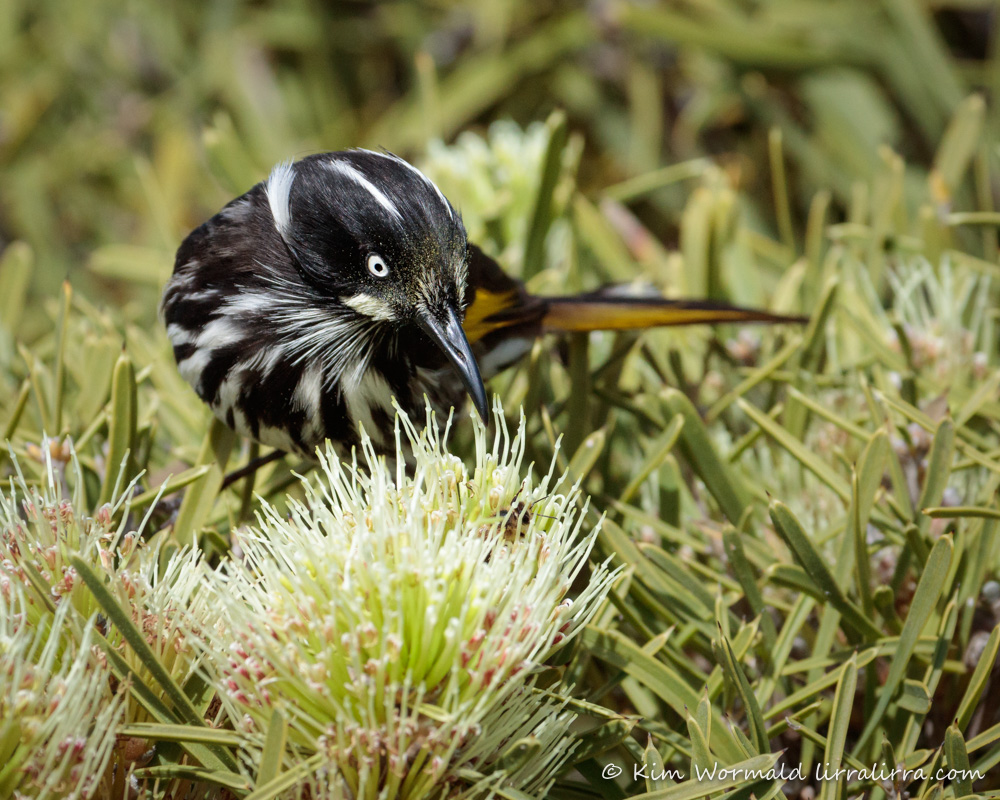
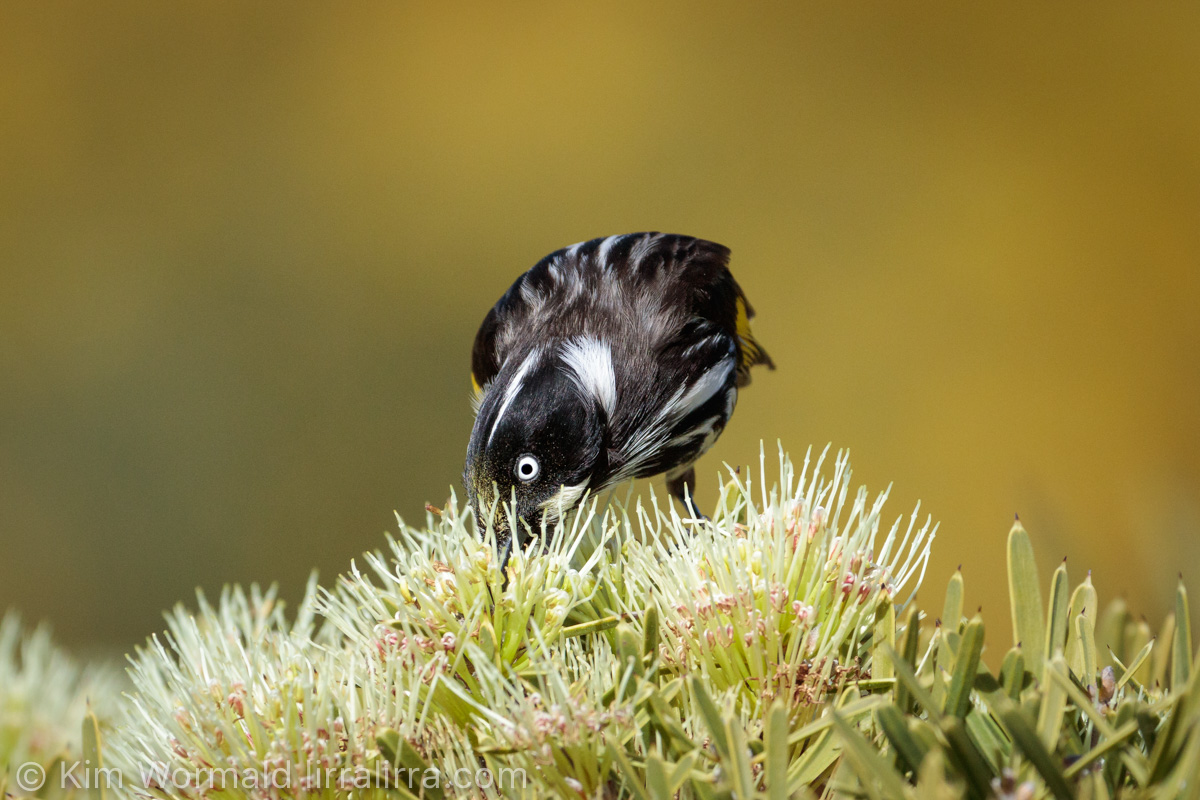
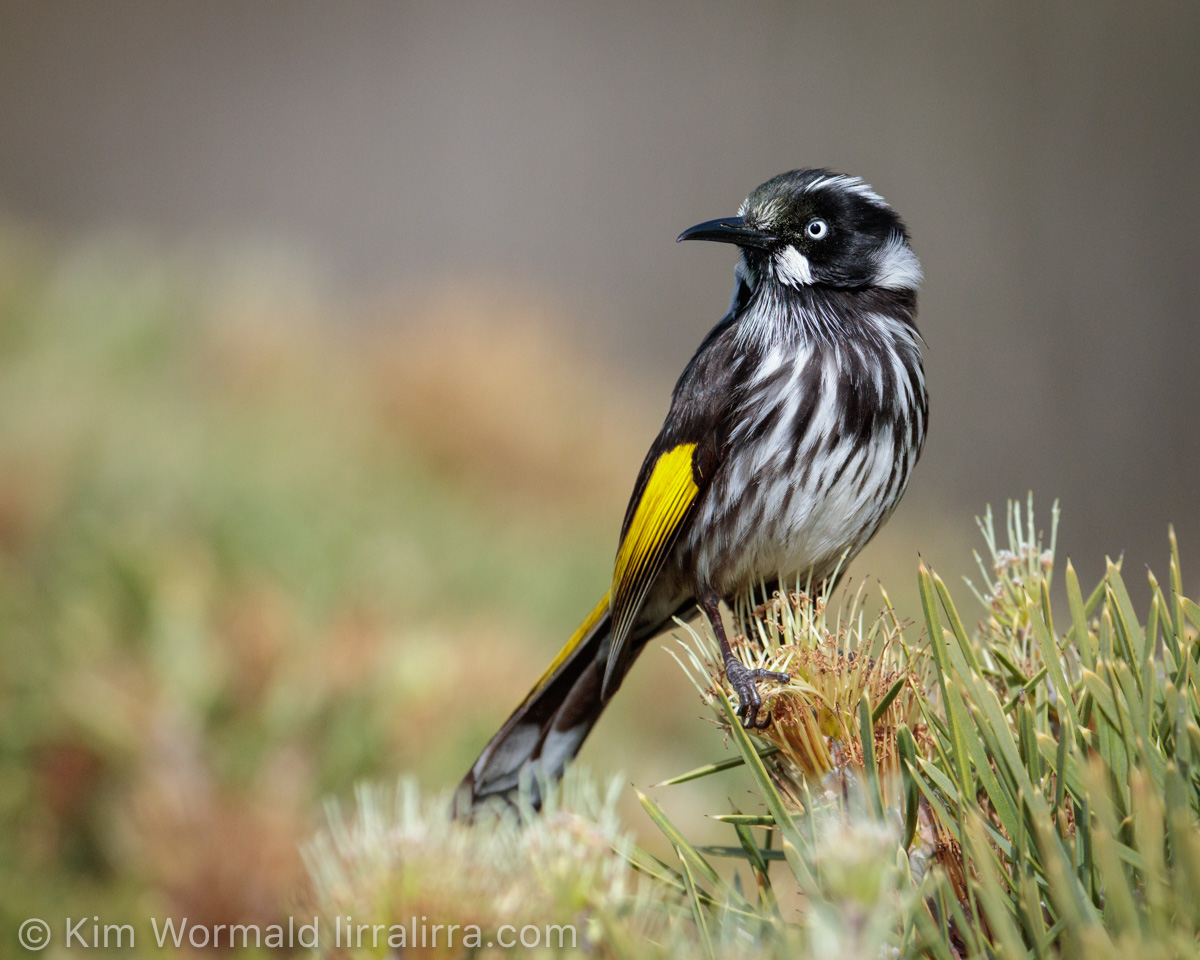
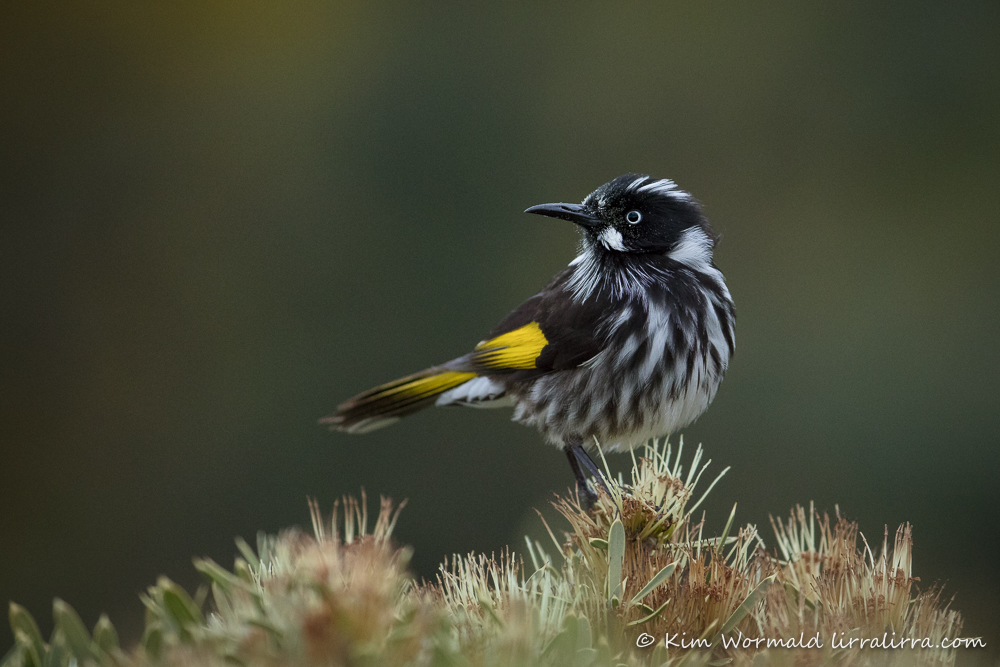
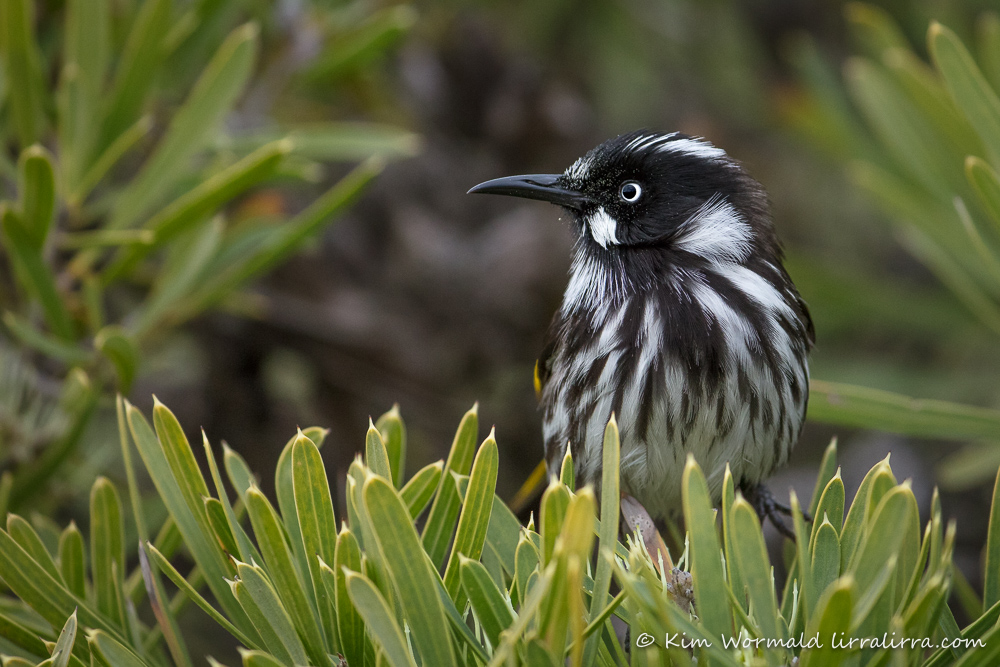

Love your site.
Cheers,
Ron
Thanks heaps Ron, and thank you for your email, Kim
[…] I like the way honeyeaters peer into the flowers before drinking. I assume they’re checking for insects but maybe with some flowers they can tell how much nectar is hiding. Once I was astounded to see New Holland Honeyeaters carefully and deliberately throwing bees away from their blossoms, I wrote about it here: Fascinating Behaviour […]
The first image with the NHH’s intense focus on the bee if a classic. Thanks for the narrative – they are lightning fast, aren’t they? Wonderful work, Kim. P.S. I’m safe home from holidays so just catching up on 867 emails.
So good to hear from you Neil and I’m looking forward to seeing more images from your amazing trip. It was incredible to see the bee throwing behaviour. Good luck with all those emails!
Beautiful photos.
I’m glad you like them Joyce, thank you for commenting
fascinating! as always i hugely admire your patience to observe (and to often also get the shot) of events such as this. i wonder if it’s simply an energy priority ie when there is an abundance of yummy nectar the less tasty bee gets tossed?
Thank you Glenn. Many honeyeaters supplement their diet with insects but they seem to do this more intensively during the breeding season when they require more protein in their diet. I have to agree that nectar sounds far more tasty than bees!
Delightful photographs,. Thank you.
I’m glad you enjoyed them Meredith, thanks for letting me know
Thanks for the story of these beautiful birds Kim.
I will be on the lookout for their Bee throwing next time I go to The Gardens. Soon I hope.
I went back to the gardens a few days later but there were very few birds or bees … I hope you do get to see the bee throwing, please let me know if you do!
Lovely pics & your telling of the stories behind them gives a lovely insight. Thanks Kim.
Thank you John. It’s such a privilege to be able to see and share some of the beautiful sights I’m lucky enough to see
Stunning photos and story line to them 🙂 Thank you for your site and kindness.
Thank you Ainslie, I always appreciate your kind comments. I feel very lucky to have watched such fascinating behaviour
Practising for the bee-throwing championships?
I have never ever heard of this behaviour and would have loved to have seen it.
And thoroughly enjoyed each and every image you shared. Megathanks. (The wattle here is coming out, but has a way to go yet.)
That’s a funny thought! It really was fascinating to watch and I hope I get to see it again. I went back to the same spot a few days later but the nectar load must have fallen as there were very few birds or bees around. Flowering wattle heralds the spring so beautifully, our garden wattles are just starting to glow.
What strange behaviour! i wonder what the purpose was.
These are such pretty birds and so many spectacular photos of them here! It wonderful that you are able to get such crisp images of creatures that are so fast and fleeting.
Thanks Alyssa, it looked so similar to the way we’d wave flies away from our picnic lunch. It was fascinating to watch
Wonderful photos Kim and a fascinating story!
Thanks Gai, I could hardly believe what I was seeing
I love the pollen on the face of the first photo. Were they honey bees or natives? I’d be most interested to know if the bees were being killed.
Hi Marc, they were European honey bees and they weren’t being killed. They were held briefly, there was no behaviour that showed any intent to injure/kill them but only to move them. The first image in this post is one of a series of four shots. The series shows:
1. the honeyeater feeding with the bee near its bill
2. the first image in this post, showing the honeyeater looking at the bee
3. the bee has been tossed aside
4. the bee has moved from where it landed